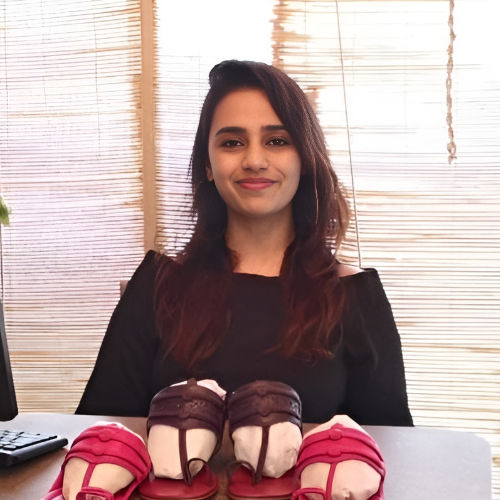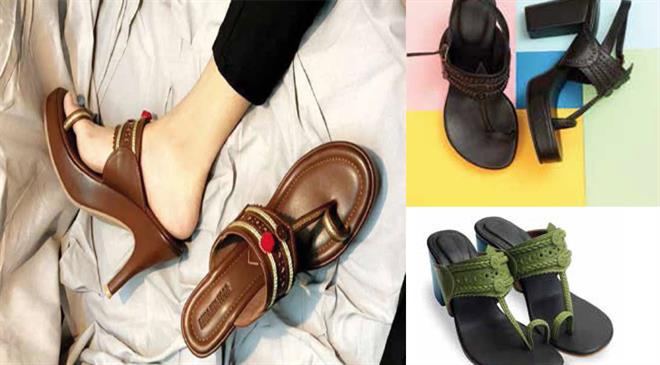
Aprajita Toor
Founder
Aprajita Toor
We constantly experiment with different materials
The creations by Aprajita Toor were born out of a deep desire to create unique footwear for women. Toor speaks about the footwear market in India, the brand's target audience and the challenges of surviving in the handcrafted niche.
Fibre2Fashion: What factors are shaping the growth of the footwear segment?
Aprajita Toor:
F2F: What are your thoughts on GST for the footwear sector?
AT:
The introduction of GST brought about great anguish for Indian footwear manufacturers as the tax rates on footwear were pegged at 18 per cent. Footwear, which is a highly capital intensive business with tight margins of profit, was severely affected by the introduction of GST. The Indian customer is highly sensitive in spending habits, and manufacturers were pushed to absorb the GST in a way as not to cause a sudden increase in product prices. This caused a further reduction in margins for small manufacturers. Although the government allowed input credit, footwear manufacturing being more labour-intensive, this benefit did not translate into much saving for manufacturers. The footwear industry has been requesting the government to consider reducing the GST rates on footwear to 12 per cent to allow the industry to continue growing and be able to improve its position in the global market.
F2F: What innovations are you working on in terms of fibres, soles, and linings in terms of technology and production? What are the materials that you use?
AT:

F2F: What are the trends that you see?
AT:
Women and men are getting more aware with respect to comfort and style; today's consumer wants to experiment with styles and colours.
F2F: What are the challenges facing the Indian footwear industry?
AT:
Explaining to many consumers that there prevails a certain beauty in imperfection. Since it's purely handmade, no two shoes are replicas. Although more time consuming, handcrafting of footwear is superior to machine-made footwear as some techniques of making the footwear sturdy, comfortable and luxurious cannot be replicated by machines. Since every human body is different from another, no two pairs of feet are the same. Footwear crafted by hand and customised can account for this variable quite easily when compared to machine manufactured products. Also, the error rate of handcrafted footwear is less than machine-made shoes as any deficiencies in the manufacturing process are quickly identified and corrected. However, in recent years, much of the Indian youth have taken up jobs in the service industry and abandoned learning the art of traditional footwear, which has led to a great loss of age old techniques and expertise. This knowledge is slowly being lost, and it is becoming increasingly challenging to engage the youth of today to learn and take up the art of footwear made by hand. (HO)
This interview was first published in the October 2019 edition of the print magazine.
Fanny Vermandel
Gabi Seligsohn
Abhay Gupta
Bill D’Arienzo
Rahul Mehta
Anurag Batra
Aseem Prakash
Rahul Mehta
Pradip Mehta
Arun Sirdeshmukh

20230103183907.png)







_8.JPG)


